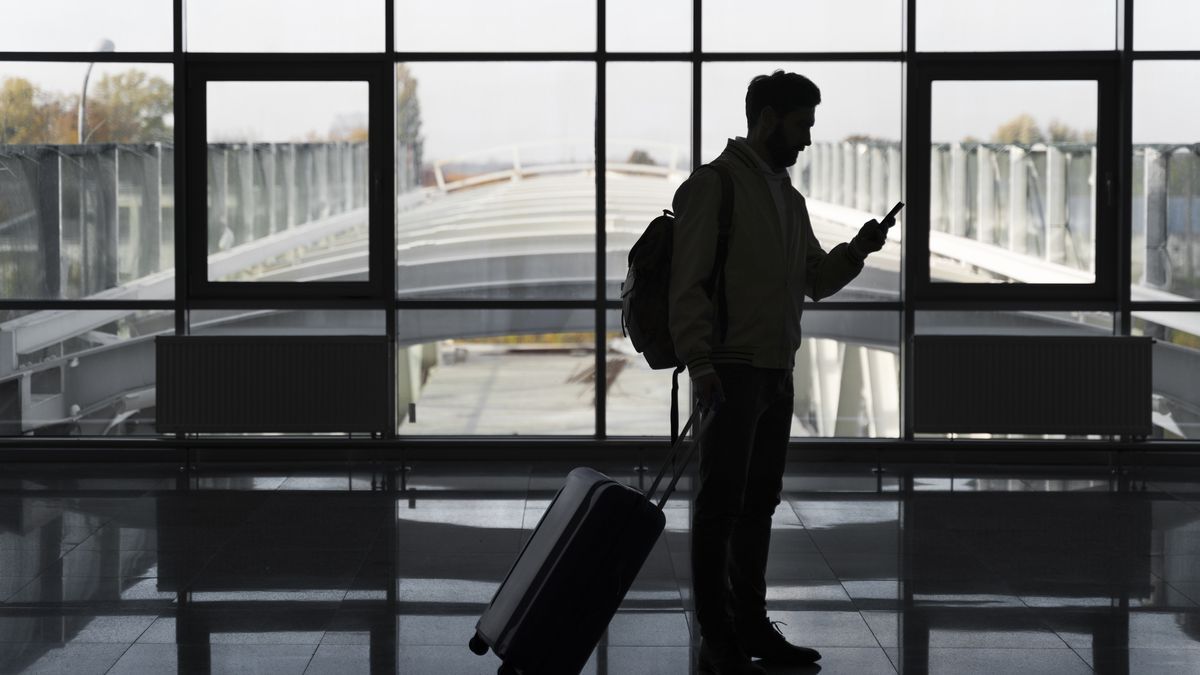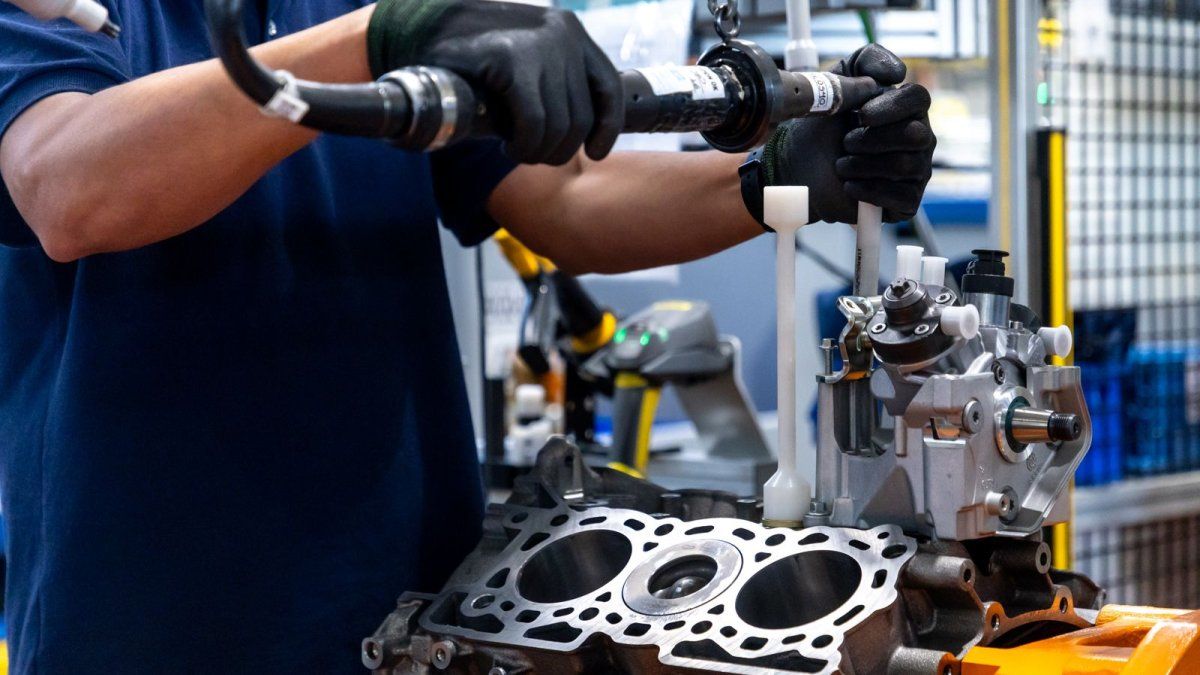According to a report from the consultancy GMAbased on data from the Central Bank and the consulting firm 1816, tourism took some US$1.55 billion in 2020; in 2021, US$2.12 billion; and so far in 2022, US$2,557 million. That is to say, it is increasing.
The rest of the activities that make up the Services category (streaming, licenses) bought US$4,099 million. About $46 million in 2020; US$2,448 million in 2021 and US$1,605 million in the months to date in 2022.
Meanwhile, the amount of dollars sold for hoarding, which is called “ddollar savings” was almost equal to that of outbound tourism. So far in the current administration, the public has bought US$6.672 million, US$445 million more than tourism. The journey was the other way around: in 2020, US$4.272 million were sold; in 2021, US$1,444 million; and in 2022, US$956 million. All this shows the effect of BCRA measures to restrict public access.
In July, in the framework of the winter holidayswhen the arrival of Uruguayans and Brazilians was noted in the City of Buenos Aires, the Central Bank launched a measure aimed at capturing the dollars brought in by receptive tourism. Days ago, the former Minister of Economy, Silvina Batakis, had postulated her theory that outbound tourism threatens employment because it subtracts foreign exchange to import inputs of the industry. That gave rise to the market assume that an exchange rate split would be applied to act in that market.
What the Central did was not that but devised a mechanism by which the tourist had to go to a bank, hand over their dollars, take the pesos at the value of the financial dollar, and the bank had to carry out a “cash settlement” operation. to enter the currencies. The system is not working because it is much easier for tourists to sell their dollars in a cave at the value of blue.
three scenarios
In the market, operators speculate with three possible scenarios for the Central Bank to try to add reserves. One is the discreet jump of the official exchange rate (something that is seen as unlikely due to the consequences on inflation), the other is the reinforcement of the trap (with the risk of paralyzing the economy) and the third is unfolding for tourismfor a limited time.
According to GMA, the latest it is the alternative that could generate the least damage to the economy, compared to the other two scenarios. Even so, the government has been resisting the exchange rate split, because it is opening a window that eventually ends in a devaluation.
While the combination of rising interest rates with lower seasonal demand for energy imports generated a scenario in which the Central managed to buy US$140 million in six rounds, from the entity we seek to speed up the crawling peg.
Ecolatina points out that “in the official exchange market, the Central accelerated the rate of devaluation”. “While in the second week of August it advanced at an average TEM of 5%, in the last 5 rounds the wholesaler ran at a monthly rate of almost 5.6%. Is speed is the highest of the month, showing a non-negligible increase compared to the end-to-end variation that it showed last month: 4.8%” says the consultant. Although Ecolatina states that “at this rate it would still be below the inflation that we project for August in the 6.2% area.”
Source: Ambito
David William is a talented author who has made a name for himself in the world of writing. He is a professional author who writes on a wide range of topics, from general interest to opinion news. David is currently working as a writer at 24 hours worlds where he brings his unique perspective and in-depth research to his articles, making them both informative and engaging.




